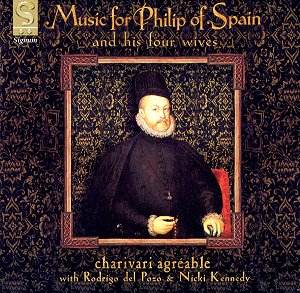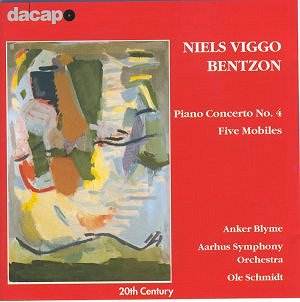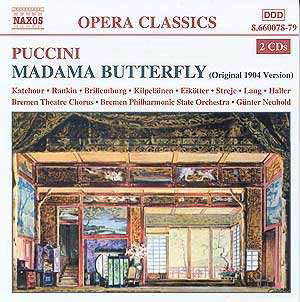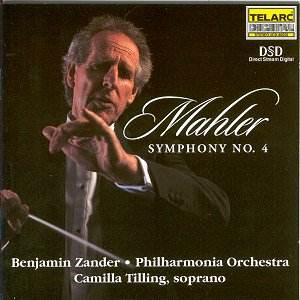 Composer: Various (16th Century Spanish, Portuguese, French, and English)
Composer: Various (16th Century Spanish, Portuguese, French, and English)
Works: Recercadas by Diego Ortiz; Descante sobre un punto by Enriquez de Valderrabano; Diferencias sobre Guardame las vacas by Luis Venegas de Henestrosa; Ave maristelo, Doulce memoire, Susanne un jur by Hernando de Cabezon; Diferencias sobre canto de cavallero, Diferencias sobre las vacas by Antonio de Cabezon; Various works by Luis Milan, Juan Vasquez, Diego Pisador, Tobias Hume, Thomas Robinson, Alfonso Ferrabosco I, Thomas Morley, Eustache du Caurroy, and anonymous pieces from the Lautenbuch de Octavianus Fugger.
Performers: Charivari Agréable, featuring Nicki Kennedy (soprano), Rodrigo del Fozo (tenor and renaissance guitar), Susanne Heinrich (lyra viol, six-string bass viol), Kah-Ming Ng (harpsichord, chamber organ), Lynda Sayce (various lutes), Sarah Groser (bass viol), Reiko Ichise (bass viol).
Recording: St. Andrew’s Church, Toddington, Gloucestershire, November 1997
Label: SIGNUM
The recording “For King Philip Of Spain And His Four Wives” by Charivari Agréable offers an intriguing exploration of 16th-century music, set against the backdrop of Spain’s royal court. This compilation serves not only as a musical homage to Philip II’s four marriages but also as a rich tapestry of the cultural and musical currents of the time. The ensemble’s selection encompasses a wide array of composers and styles, from the intricate recercadas of Diego Ortiz to the contemplative melodies of Hernando de Cabezon, effectively embodying the diverse influences that characterized the Renaissance.
Charivari Agréable’s performance is notable for its judicious blend of vocal and instrumental pieces, effectively showcasing the ensemble’s versatility and the historical significance of the repertoire. Nicki Kennedy’s soprano voice shines in the vocal settings, exhibiting clarity and expressiveness, particularly in her rendition of Cabezon’s “Ave maristelo.” Meanwhile, Rodrigo del Fozo’s tenor brings a honeyed warmth to the songs, complementing the instrumental textures beautifully. The instrumentalists, wielding modern replicas of historical instruments, maintain an inviting balance, allowing the nuanced dialogue between the lute, viol, and harpsichord to emerge distinctly. This interplay is particularly evident in the arrangements of Cabezon’s works, which are presented with a deft touch that respects the original’s ceremonial gravity while inviting contemporary listeners into the musical conversation.
The engineering quality of this recording deserves commendation. Captured in the resonant St. Andrew’s Church, the sound is both vibrant and intimate, with each instrument clearly articulated against the acoustic backdrop. The decision to intersperse songs with instrumental variations enhances the listening experience, allowing for moments of reflection and engagement with the thematic material surrounding King Philip’s wives. The booklet notes, penned by Lynda Sayce, provide insightful commentary, although they could delve deeper into the individual contributions of the composers and their connections to the royal court.
Comparatively, this collection stands alongside notable recordings such as Jordi Savall’s “El Cancionero de Medinaceli,” which also explores the intersection of vocal and instrumental music during the period. While Savall’s interpretations are perhaps more expansive in scope, Charivari Agréable’s focused approach yields a fresh perspective on familiar works, particularly through their thoughtful arrangements and ensemble playing.
A rich, evocative exploration of Renaissance music, this recording encapsulates the artistic vibrancy of 16th-century Spain. The performers not only honor the historical context but also breathe new life into the compositions, making this a valuable addition for enthusiasts and scholars alike. With its combination of historical authenticity, technical skill, and interpretative insight, the recording stands as a testament to the enduring allure of this period’s music.



